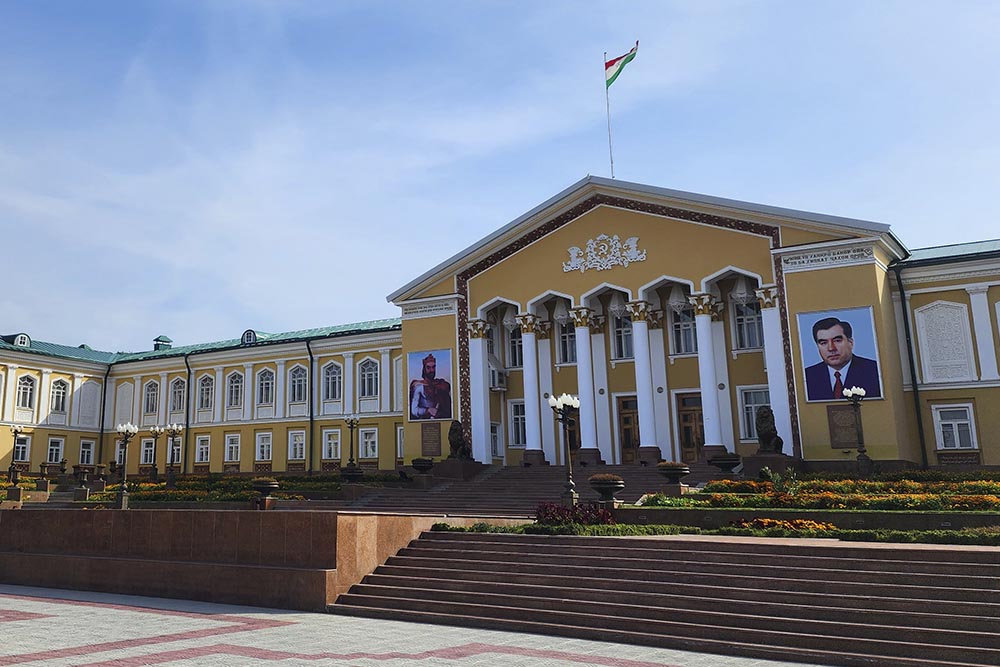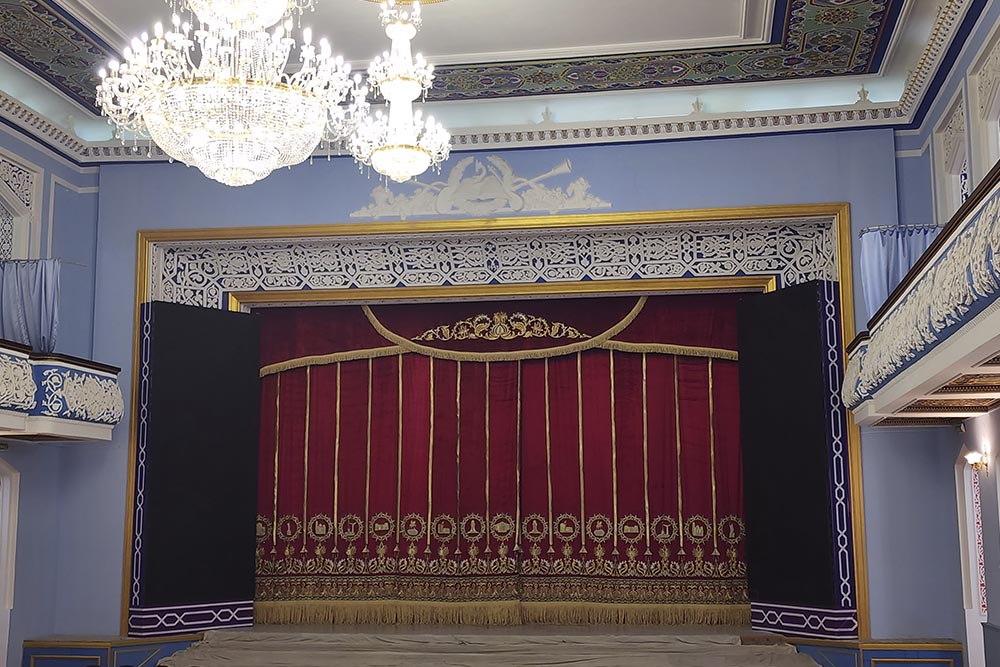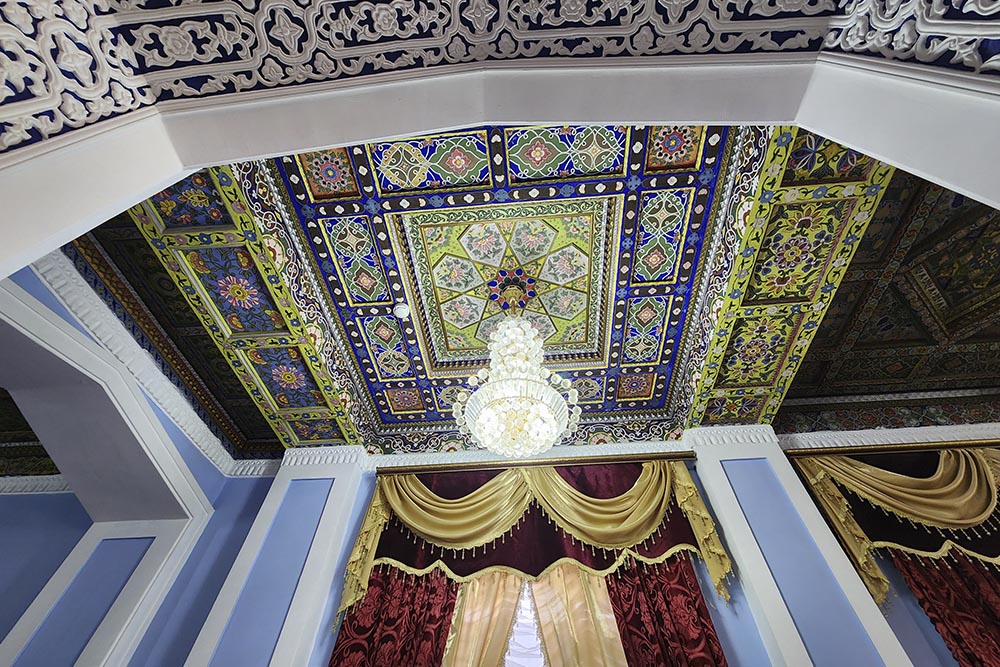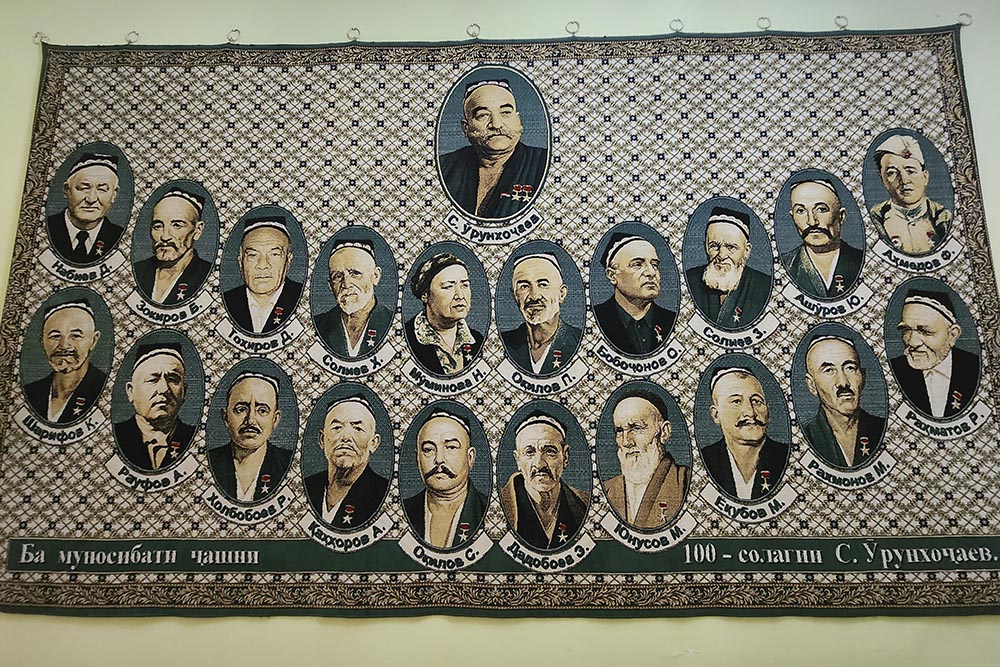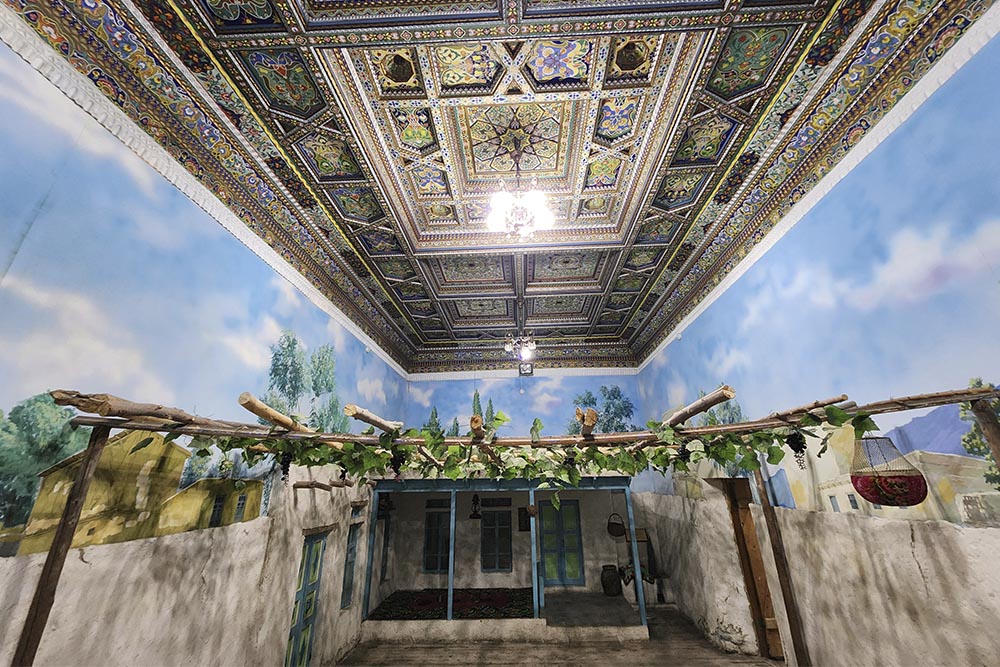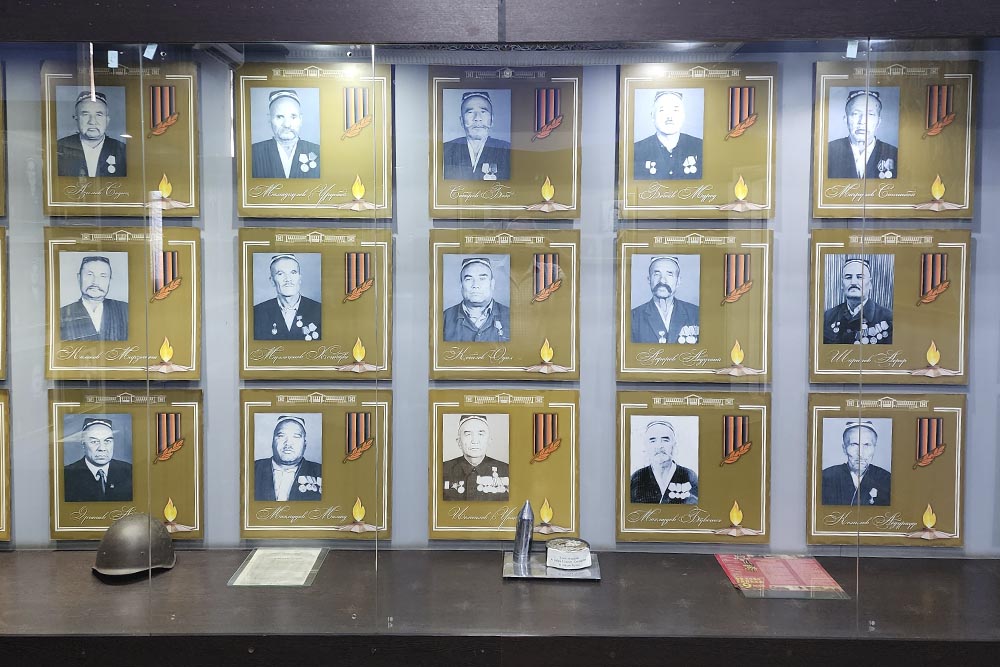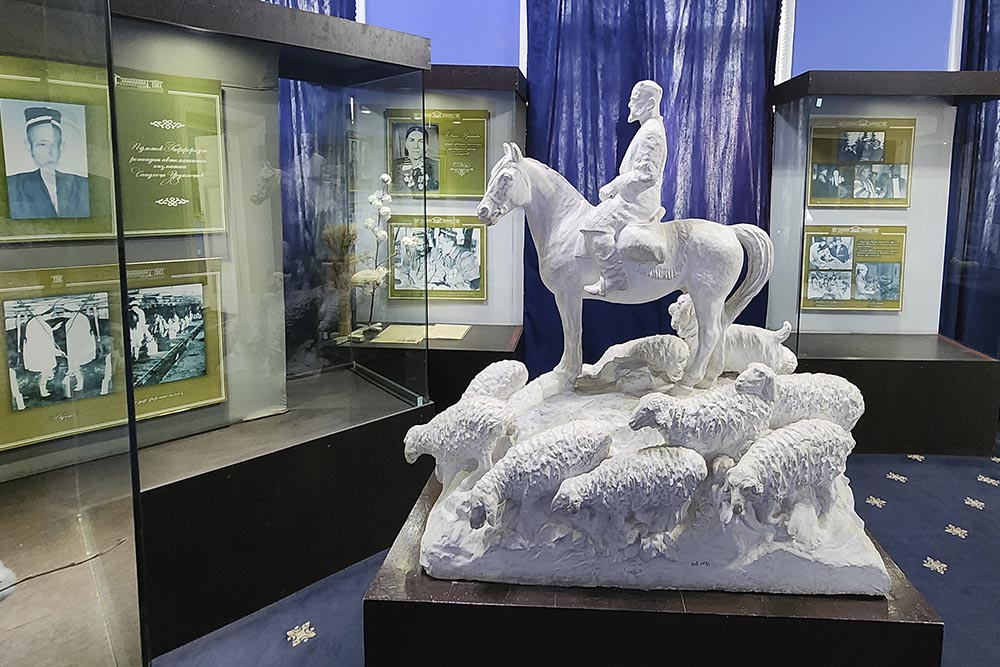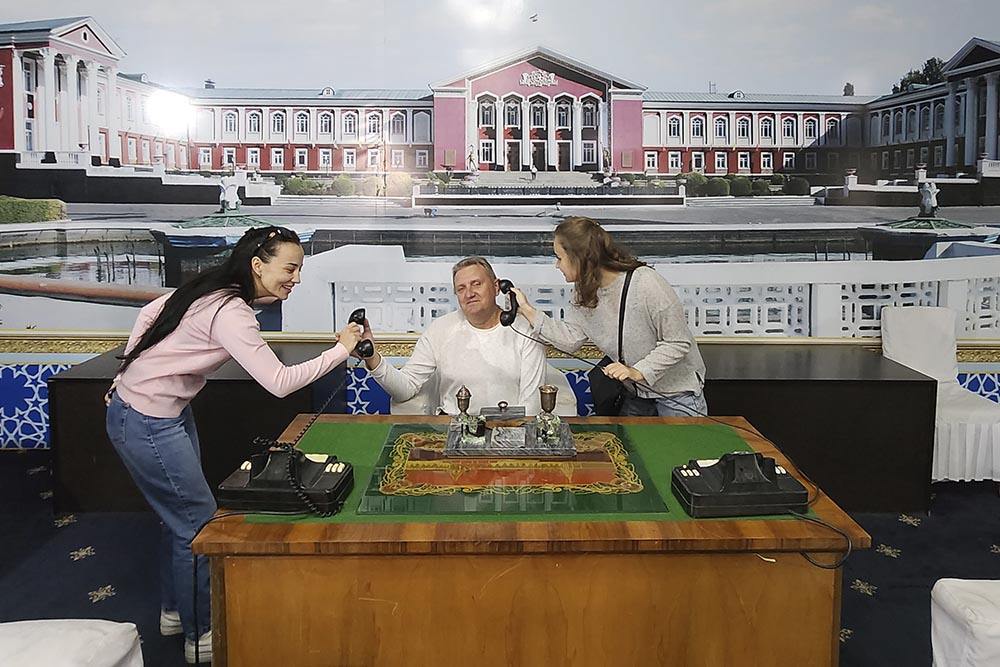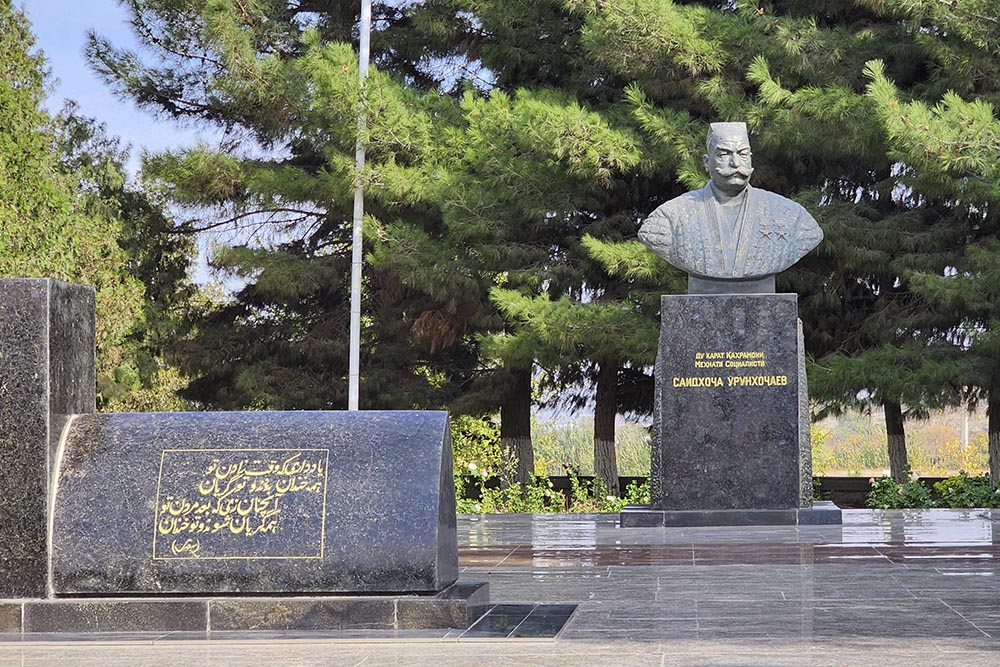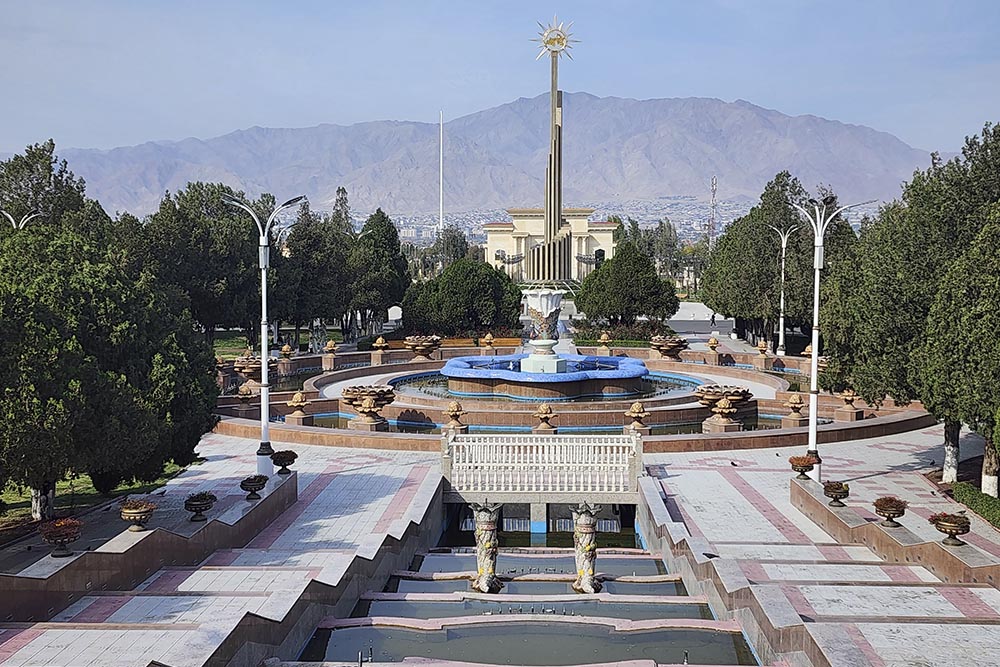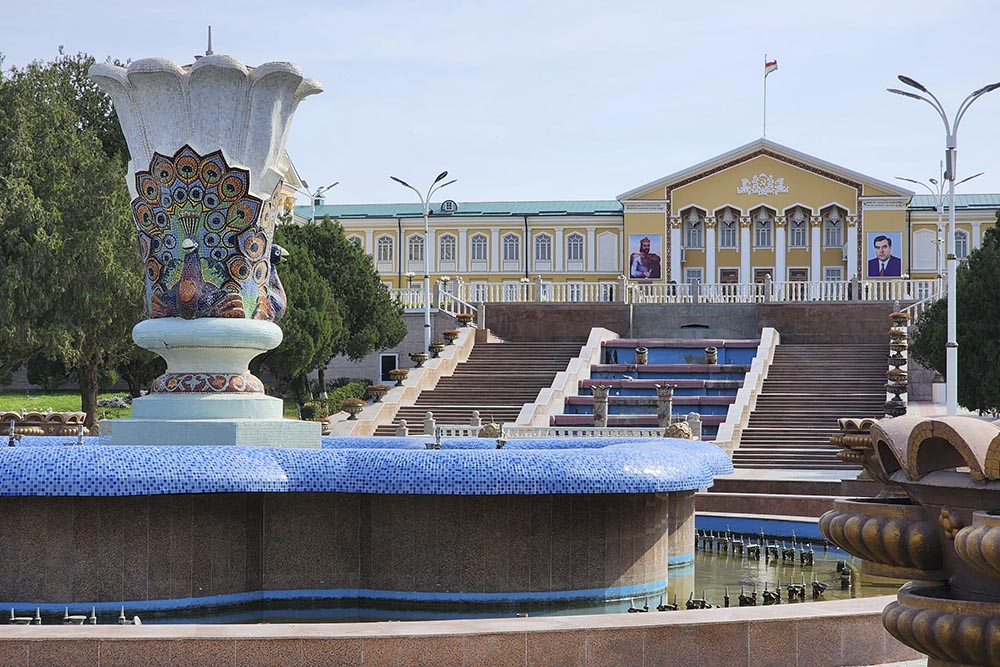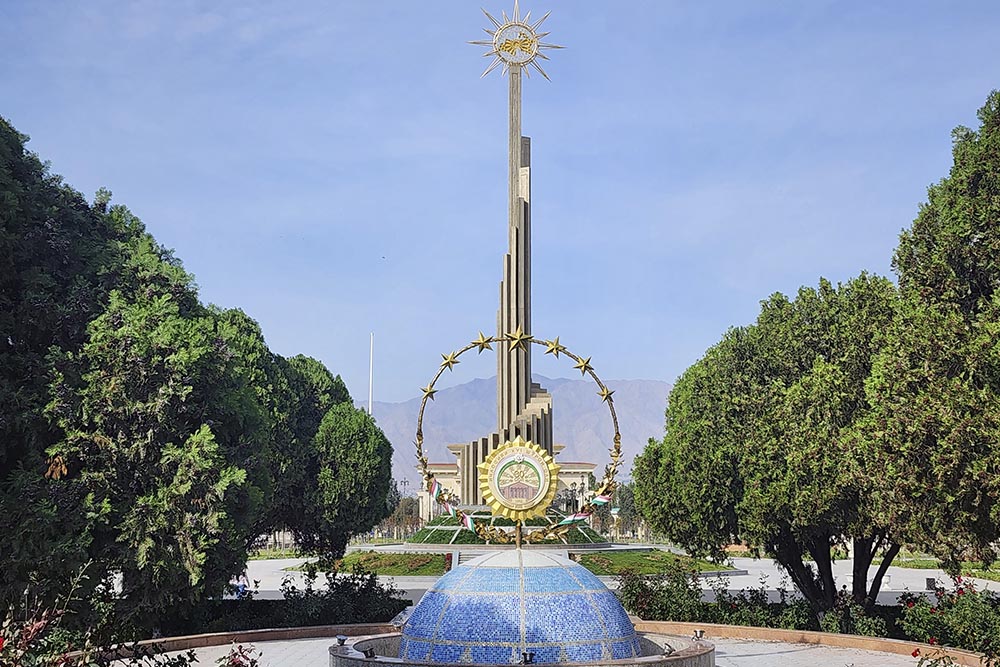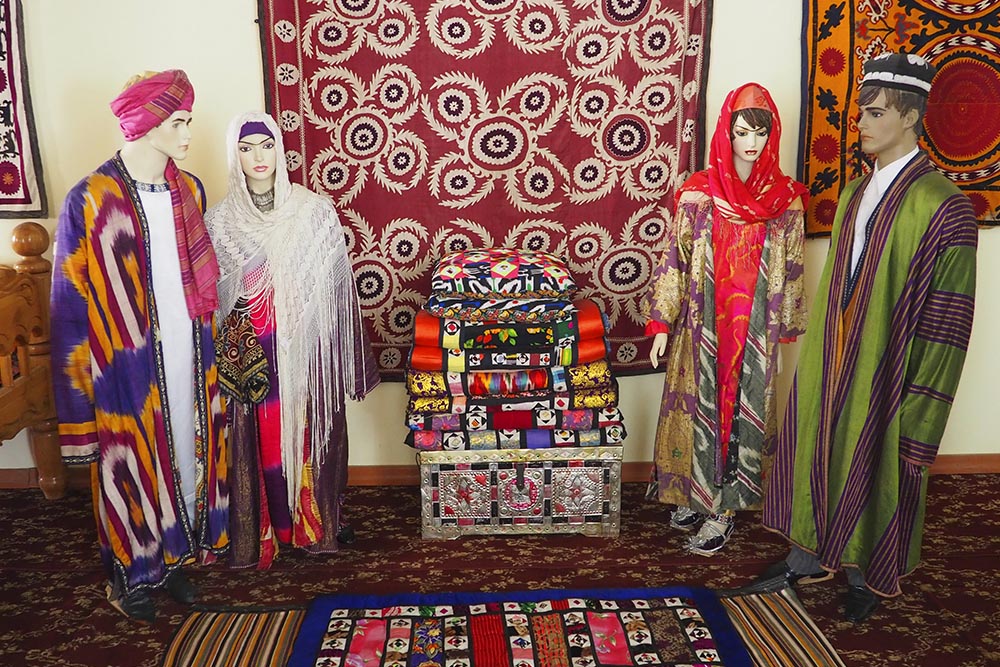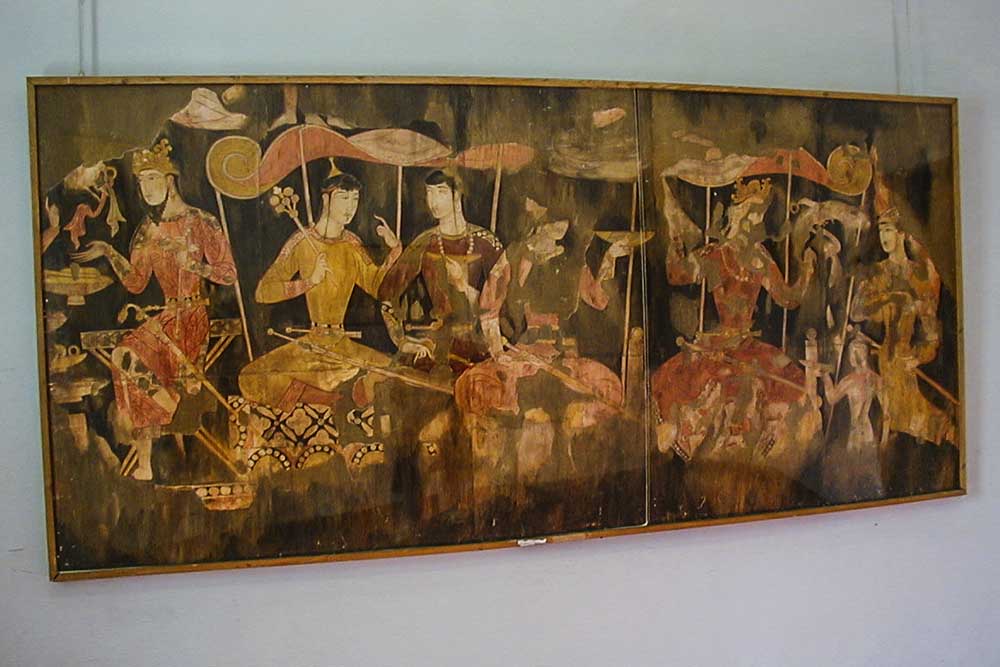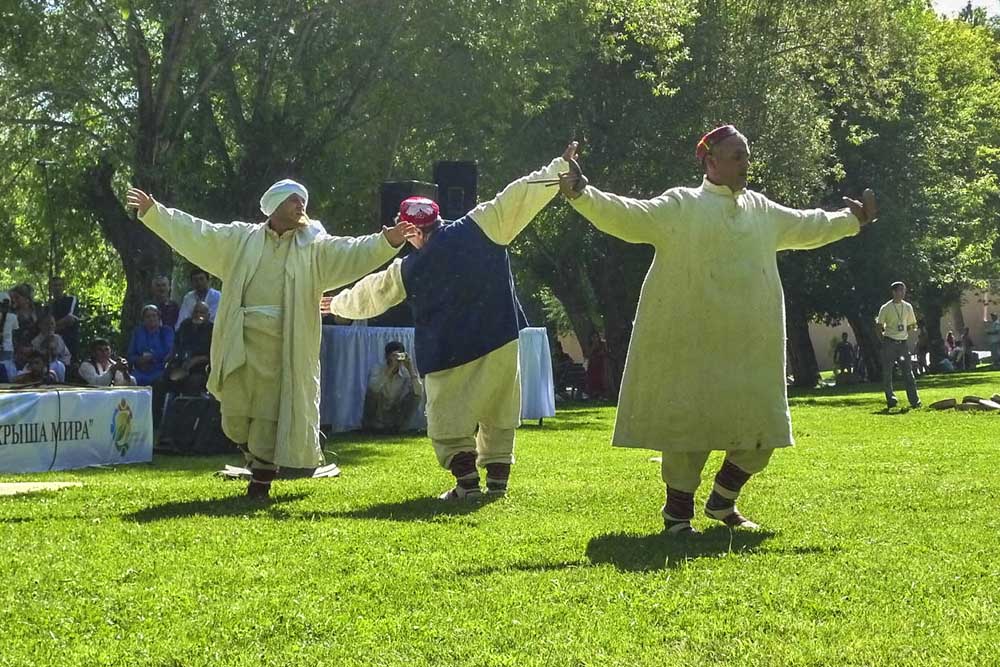The Arbob Palace and park ensemble is located in the Gafurov district of the Sughd region of Tajikistan near the city of Khujand and is the most interesting and iconic historical site not only in the region but in the whole of Tajikistan. Here, on November 16, 1992, the 16th session of the Supreme Council of the Republic took place, putting an end to the first, most bloody stage of the civil war. At the same time, Emomali Rahmon, who later became the President of Tajikistan, was elected chairman of the council. Actually, from that moment on, the formation of the authorities of an independent state began in Tajikistan.
When we imagine oriental travel, we imagine fairy-tale palaces, colorful patterns, and magnificent gardens. At the Arbob Palace in Khujand, Tajikistan, all this oriental beauty and luxury come to life. This magnificent architectural complex is a real gem of the region, attracting tourists from all over the world with its history, art, and unique appearance.
Arbob Palace is impressive with its architectural forms and patterns. It combines oriental and modern elements and creates a unique combination. This is a place where marble and mosaics are perfectly combined, and the patterns and reliefs on the facades of the palace delight with their elegance.
The history of the complex's occurrence is also unbelievable. The initiator and immediate leader of the construction was the chairman of the millionaire collective farm “Moscow”, the innovator of collective farm production, Twice Hero of Socialist Labor Saidkhodzha Urunkhodzhaev (1901-1967). Having visited the famous Peterhof complex, Urunkhodzhaev became inspired to build a House of Culture on his collective farm, similar to Peterhof. Fortunately, the collective farm with an annual income of 20 million rubles could afford this. The project was also ordered in 1957. A magnificent palace with fountains was built on the high hill of Arbobkush (hence the name of the complex) using the hashar method of folk construction. Construction lasted 5 years and cost 12 million rubles. It should be noted that in addition to the House of Culture, during the leadership of Urunkhodzhaev, 11 schools, a boarding school, a Palace of Culture, 5 cinemas, a sanatorium, a hospital, a maternity hospital, a clinic were built and 21 Heroes of Socialist Labor and the Soviet Union worked on the collective farm. The main building has three wings, the central one contains a theater with a capacity of 800 people. The southern wing currently houses a museum that tells the history of the collective farm and collectivization that took place in Tajikistan during the Soviet period. One of the halls displays Urumkhodjaev’s modest office. An original cascading fountain with mosaic vases was built next to the palace.
In 2012, the Palace was reconstructed, and the magnificent paintings and decorative stucco were completely restored. At the foot of the palace, a magnificent park was laid out, and an amphitheater with 7,000 seats was built for holding celebrations and concerts. Today, the complex is a favorite vacation spot for Khojent residents, wedding processions and of course tourists come here. The gardens surrounding Arbob Palace are a wonderful place for walking and relaxing. Exquisite alleys, blooming flowers, and birdsong create a unique atmosphere of calm and comfort. Here you can relax and enjoy the moment, being away from the hustle and bustle of city life.




